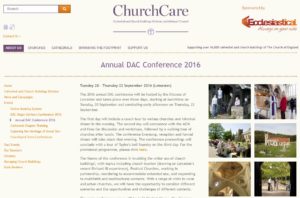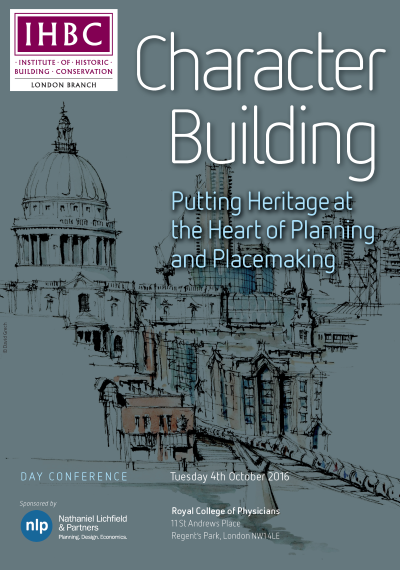The BRE Trust, in collaboration with the Worshipful Company of Constructors (WCC), have announced the 2016 Royal Charter International Research Award, to help constructors of any age group undertake a unique study focussed on a topical issue or challenge related to the construction industry, with a closing date of October 28.
The BRE Writes:
Aimed at constructors of all age groups, the award funds an individual to undertake a unique study focussed on a topical issue or challenge related to the construction industry.
This year the focus is on an innovative study relating to the digital built environment. Potential subjects include connected homes and communities, BIM, the internet of things, smart infrastructure, smart cities, big data and the human and societal issues of a digital built environment. Proposed studies should also include an international dimension.
The winning applicant will receive £7,000 towards the cost of their study and the digital publication of their work by the BRE Trust. A summary of the final report will also be included in the Constructors Journal, the publication of the WCC. The award will be presented at the WCC Awards Dinner in February 2017.
‘The BRE Trust and WCC created this award to encourage individuals in the sector to come forward with new knowledge and ideas that help us address current challenges in construction,’ says Guy Hammersley, Director of BIM, ‘Digital is one area that construction currently lags behind on so some fresh innovative thinking is needed, we look forward to getting some great submissions’
For further information on how to apply please contact Matthew Barker at BRE, Matthew.Barker@bre.co.uk. The deadline for applications is Friday 28th October 2016.
Find out more about the Research Award
For the BRE see http://www.bre.co.uk
For the WCC see http://www.constructorscompany.co.uk/






